Review: Nokia N85 Review - pt 1 - The Hardware
Ewan starts his review of the Nokia N85...
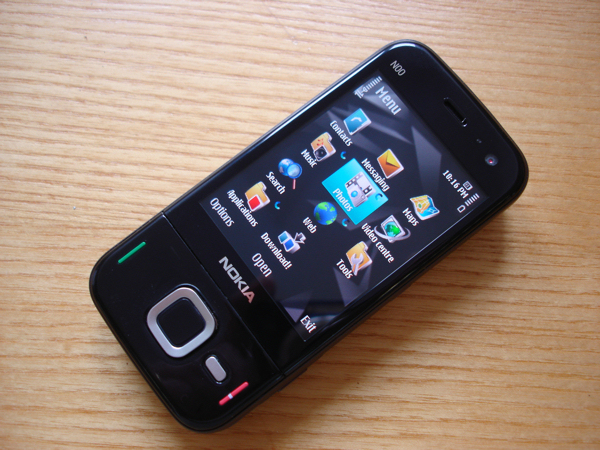
Nokia's N85 is a curious beast. The specifications of the device, with a 5 megapixel Carl Zeiss-equipped camera, a super bright and colourful OLED 2.6 inch screen, dual LED flash, Wi-Fi connectivity and MicroSD card support for storage put it squarely in the territory of the top line Nseries devices such as the N96 (and the previous flagship N95 8GB).
Side by side to the N95 8GB, the N85 looks modern, light, svelte, and a touch sexy. Its styling is actually one of the best elements of the device. At no point while looking at the device does it scream 'smartphone' or 'massively complicated' to the user. It has a subtle, understated look that looks perfectly at home on the prow of a yacht on the French Riviera or the dashboard of a Golf GTi, screaming across the roundabouts of Milton Keynes.
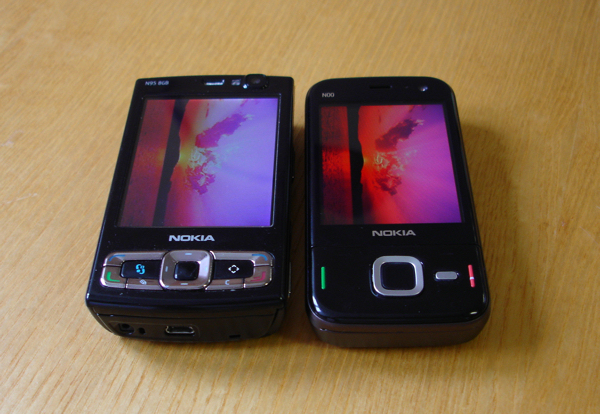
That's down to three main issues - the size, the colour, and the face buttons. Starting with the size, this is one of the thinnest S60 'dual slider' phones on the market, and it fits comfortably in the hand, thanks to the slightly trapezoidal shape with a taper towards the rear of the device. Pick up the N85 and you'll discover a lightweight phone that only few years ago would have been labelled as 'tiny and super light'.
Construction feels solid, although on my review unit (which is a commercial version, not the pre-release unit we've looked at previously on All About Symbian) the friction on the two directions of the slider is different - you need a little bit more force when sliding the screen down (to reveal the combined MP3 and A/B gaming buttons) when compared to moving it up to get the numerical keypad. It's not a widely reported issue, and it could just be that I have a suspiciously strong thumb from doing thumb wrestling to an Olympic standard in my youth.
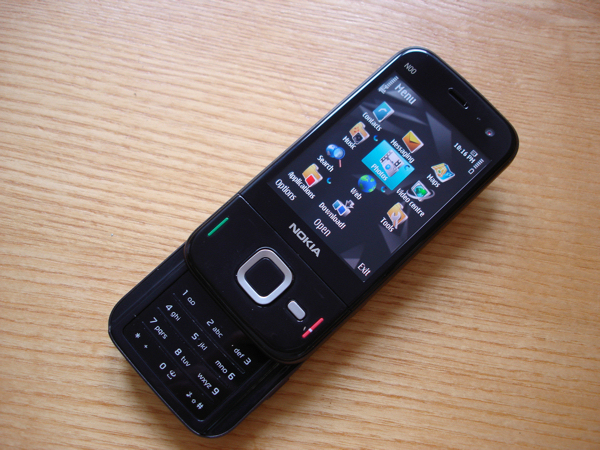
It's rare to touch on the colour of a device, but the dual tone of the N85 works really well in making it a less threatening device. The sides and rear of the device are a strange chameleon-like mix of red and brown, but it works really well, looks fashionable but still business like. The face of the N85 is the shiny black plastic that we've seen many times before on the new Nseries devices.
And boy does it attract fingerprints, Because of the nature of the slider, you're going to regularly have a massive thumb print on the middle of the screen. It's easily cleared by a quick swipe of the same thumb across it. More annoyingly, after finishing a call the screen picks up enough gunk (at least from my skin) on the screen that on many occasions the screen looked a bit like a magic eye picture - squint hard and you could make out the desktop underneath the myriad of colours. After a short call, it's not hugely noticeable, but anything over about 5-10 minutes and I was having to clean the screen when I hung up.
Part of this could be down to the new technology in the screen. The N85 uses OLED (Organic Light Emitting Diode) technology. This is (in short) a way to use organic compounds painted onto the electronic framework of the screen; and these have the benefit of glowing far brighter than traditional LCD displays - so bright that they don't need a backlight - that means the power consumption of the screen goes waaaaay down, which is a good thing on a mobile device.
I suspect this is the primary reason for using OLED, but the extra benefits of a much richer colour to the screen helps when watching media or playing games. I recently reviewed Car Jack Streets on the N95 8GB, and running it side by side on the N85 and the difference in colour was easy to spot - the red sports car suddenly stopped feeling like a Renault Megane with a spoiler, but looked like the sort of flamboyant red Italian cars that teenagers in the 80s used to have framed on their bedroom wall.
One little advantage to the screen that I particularly liked is that because pixels are always 'lit up', the small digital clock on the standby screen is always glowing - very useful during the night, and something that makes the device feel a lot more personable.
Right then, how about the actual physical interface of the buttons? I've been known on previous occasions to complain about the styling Nokia is using over the new Ndevices, starting with the N81, but having used the N85 for a week now can I say that I think Nokia have improved this area.
Starting with the face buttons when the slider is closed, the panel with the call buttons has the four main buttons at each corner, allowing it to act like a small rocker (although there is very little movement apart from the point of contact). The soft keys are at the top, while the Home key and Clear/Delete keys are along the bottom. Even with the (thankfully now smaller) quick access media button, there's no mis-keying or trying to hit one key and hitting the other. These face buttons work, and work well.
Which is more than can be said for the cursor keys.
I have no idea why Nokia can't get the cursor keys right on each device - it's so utterly hit and miss both in practice and in execution. There have been a number of Nokia S60 devices that have an instantly usable cursor key (the N95 and E61i spring to mind), and there are some that have been total disasters. While I wouldn't rate the N85 in the sheer terror category, it does not feel as accurate as I think it should be.
I'm consistently failing to get the 'up' key to be pressed without also hitting the highly domed central action button. Now my thumbs may not be the most perfect in the world, but there must be a number of guitarists in the world who are better than me that have just as long a thumbnail as I do, because that's what is getting in the way.
Will this improve over time? I suspect so, as muscle memory kicks in, but it's been a whole week with the N85 now and I'm still having trouble, and more importantly having to consciously focus on making sure I make that 'up' key press accurate. It might seem a small thing, but playing games when you don't have an accurate control system is a nightmare - the aforementioned Car Jack Streets is almost uncontrollable, thanks to this. Not a good sign when the N85 is one of the first handsets with N-Gage installed out of the box.
The number-pad is also very similar to the N81 and, while it does feel like an improvement, I don't have an N81 here to do a direct comparision, but text input is fast and accurate - putting in text while focussing on the screen and not the keys is easily done. Each key feels distinct, even though this is a solid sheet of plastic with just some raised etchings to help guide your fingers and the actual keys under the plastic. It's likely to be cheaper on the bill of materials than having a lot of separate keys, as the N95 8GB has, but in use there's little difference between the two units.
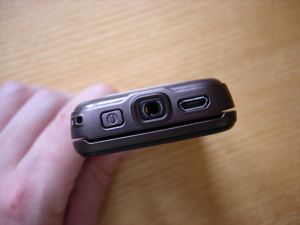
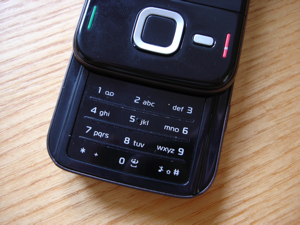
The top has a 3.5mm audio/TV jack - the slide-out numeric keypad
All told, the N85 is a well constructed piece of kit, and like any consumer device you need time to get used to all the foibles of it. The fact that I can pick up only one that is causing some teething troubles is testament to a well thought out device. On the hardware front, there's little to complain about on the N85.
In the next part of the review, I'll be taking a look at the tweaks to S60 and the multimedia capabilities of the N85, including the camera hardware for photos and video. Rafe also looked at the N85 in a previous All About Symbian preview.
-- Ewan Spence, Dec 2008
Reviewed by Ewan Spence at
